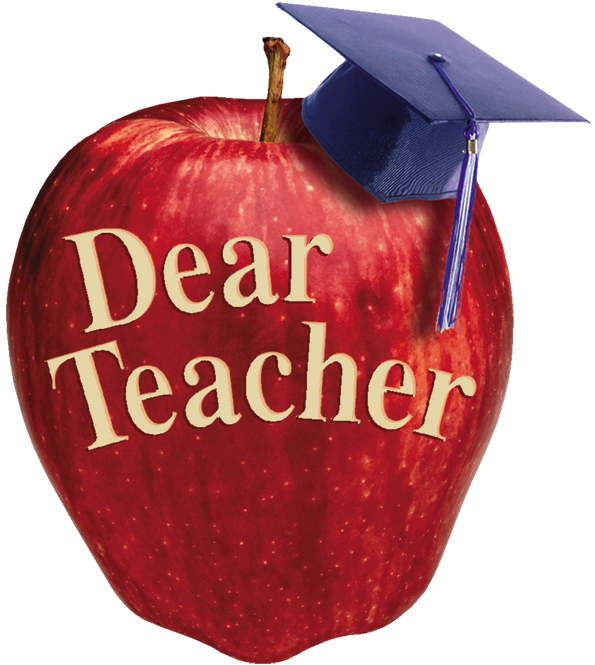Question: How can I help my children ages 3 and 4 get ready to read? -- Interested
Answer: The following list should give you some ideas that you can use with your children to get them on the reading readiness path:
- -Start a personal library. Select books that your children can carry around and read. Owning books makes them important to children.
- -When reading to your young children, don't forget that they will have a short attention span. Reading sessions don't need to last long. However, you should definitely try to read to them daily.
- -Read nursery rhymes, poems and jingles to your children to get them accustomed to hearing similar sounds. It is definitely a good idea to have your children start saying the rhymes along with you.
- -Use appropriate books. At this age, your children still need books that have simple illustrations. Now is the time to read picture books, even catalogs, to them. Let them name familiar objects in these books.
- -Help them understand that print stands for words. When you are driving down the street, point out that the red sign with the letters "STOP" says stop. It will not take your children long to be able to find fast-food places. At home, show your children the words "on" and "off" on the television and on different appliances.
- -When reading to your children, run your finger under words as you read them to show your child that reading goes from the left to the right. Then bring your finger back across the page to start another line. Make it clear that books are read from the top of the page to the bottom and from front to back.
- -Visit the library. Take your children to the library every week to select new books to read. Don't use the library just as a place to find books -- enroll your children in programs that stimulate an interest in reading.
- -Teach letters of the alphabet. When your children point to a letter of the alphabet, build upon this interest by telling them the name of the letter. Then let them find the letter in books, on blocks and on signs. It takes a lot of repetition for children to learn a letter. It helps to have them describe how the letter is made, or they can trace it in sand. Try to have your child learn one letter before going on to another. This is also a good time to read alphabet books.
- -Talk about what you read. Tell your children the title of a book before you begin reading it. Also show them the author's name and explain that books are written by people. Let them predict what a book will be about. Talk about characters and ask their opinion about why the characters act as they do. You should also discuss how a book relates to other books or to real-life experiences. And do stop in the middle of a new story and ask your child to guess how it will end.
Topic
